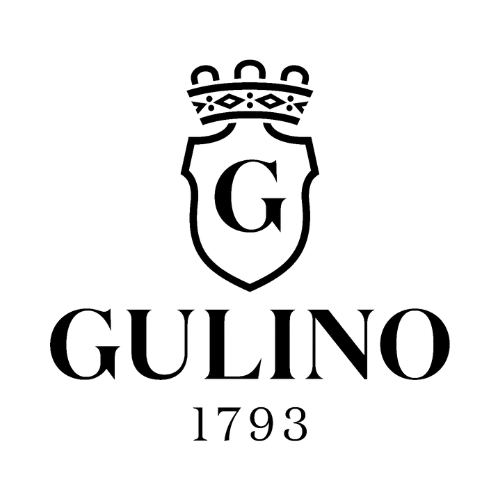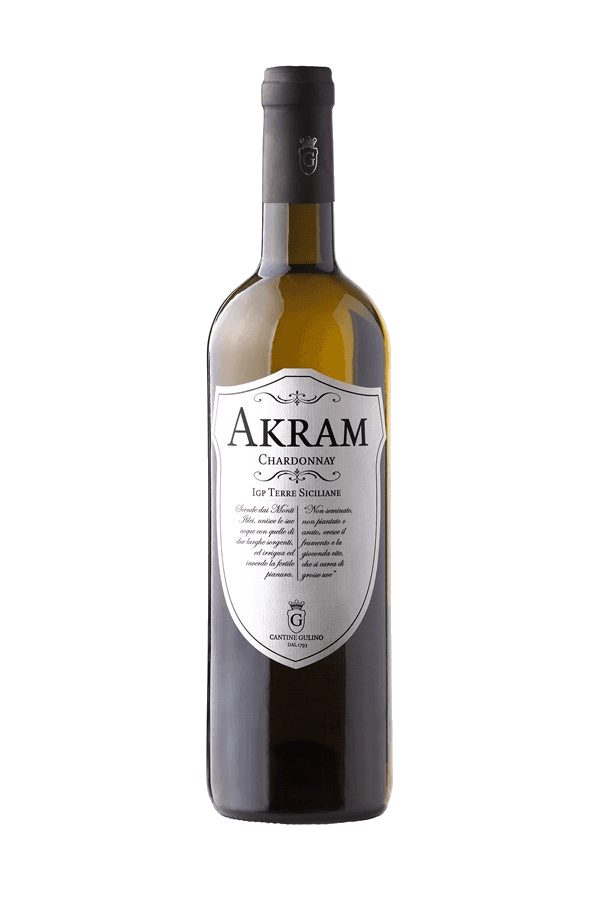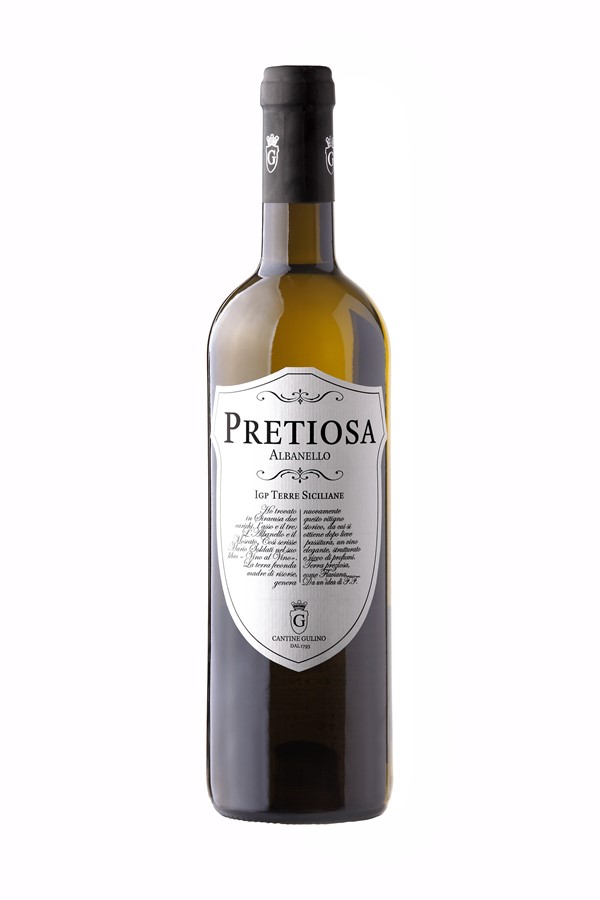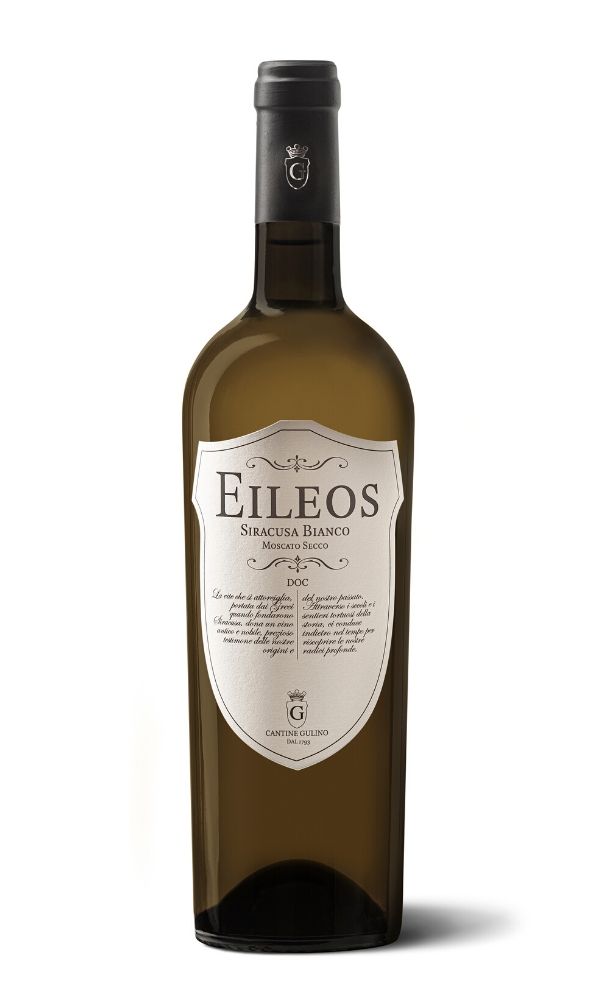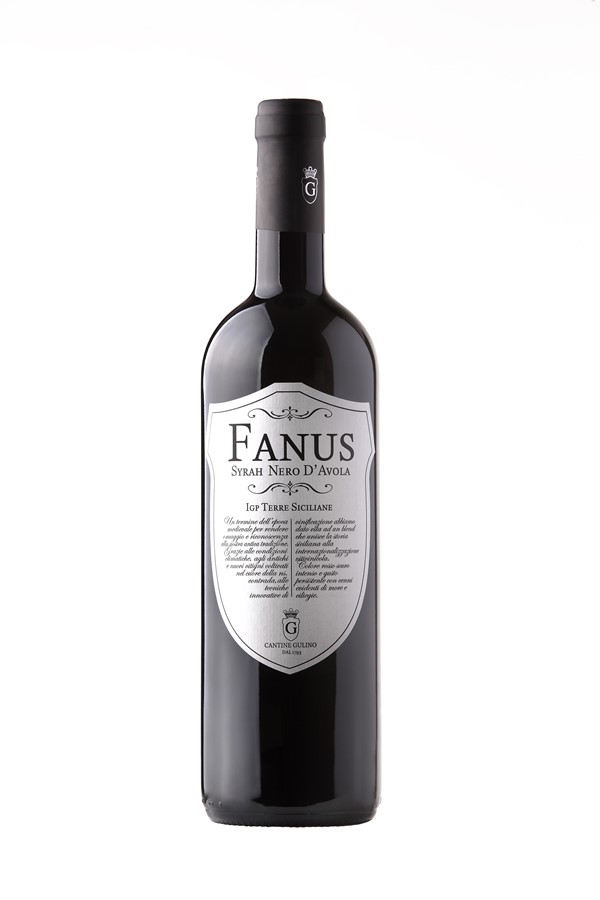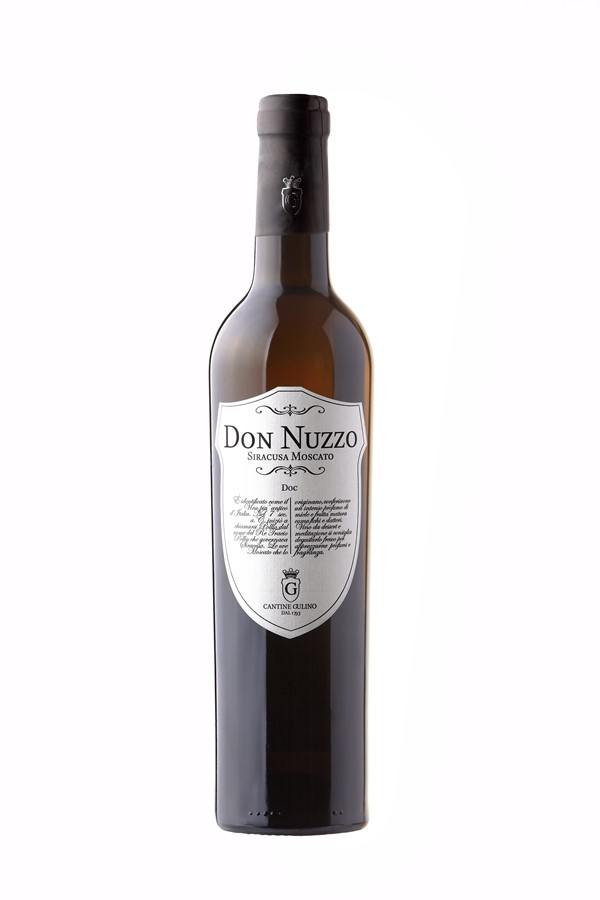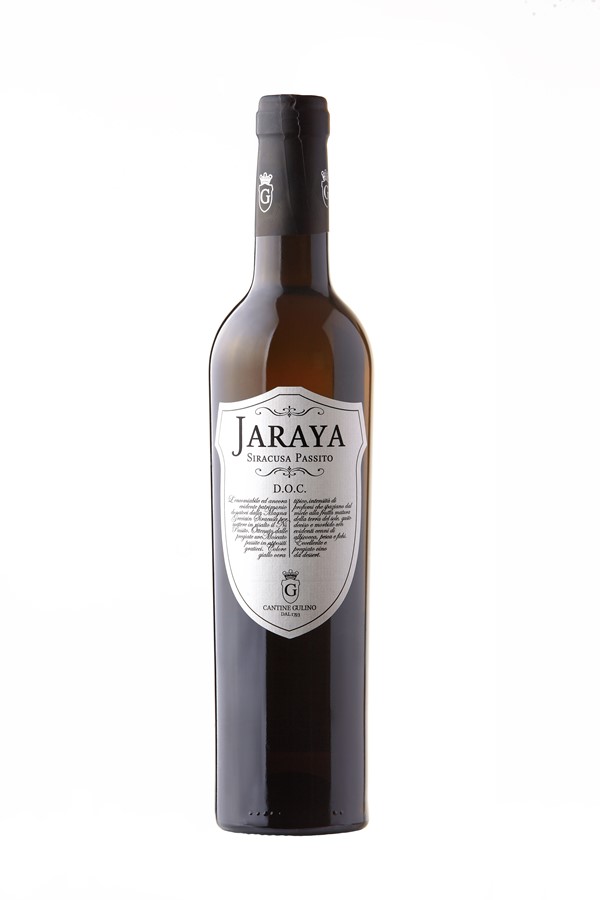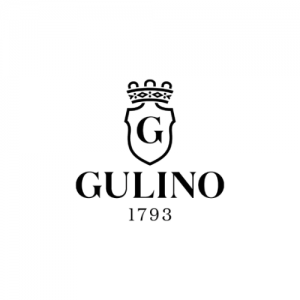Best italian wines
Moscato, Albanello, Nero d’Avola: the timeless tradition of wine making.
Our wines are a valuable mix of flavors and scents of the fertile southeastern Sicily.
the red wines, the white wines and the sweet wines
The vines
Great art is that of the winemaker who, with patience, effort and love must know how to wait for the sweet buds grow, to tie the vines, and the grapes are blacks, to draw the perfumed wine
Esiodo, Le opere e i giorni
NERO D'AVOLA
Nero d’Avola is a grape also known as Calabrese, erroneous translation of “Calaulisi”, derived from the two dialectal words “Calea” (grapes) and “Aulisi” (originally from Avola, a small town in the province of Syracuse). Sicilian native vine, it has round leaves, conical clusters and grape skins are tough and blue.
MOSCATO DI SIRACUSA
ALBANELLO

FIANO
INSOLIA
CHARDONNAY
It’s a white grape vine native of Burgundy, but cultivated throughout the world, including Italy, even if you do not know the period in which it was introduced. The leaf has a circular shape, the bunch is pyramidal, the skin of the berries has medium texture and is of golden yellow color.
SIRAH
The origins of the red grape variety Syrah are conflicting: from the city of Shyraz Persia, it arrives in our country through the city of Syracuse. For others, it would be native of Syracuse. The leaves have a pentagonal shape, the cluster has a cylindrical shape and the skin of the berries is blue.
The winemaking
As Esiodo said, “great art is that of the winemaker who, with patience, effort and love must know how to wait for the sweet buds grow, to tie the vines, and the grapes are blacks, to draw the perfumed wine”. And Virgil, centuries later, while invoking Bacchus in the second book of the Georgics, recalls how exhausting is the job of the winemaker, to be able to harvest grapes, fruit of the vine, and give life to the precious nectar, you must know how to choose the most land suitable for each grape variety, and which plants grow near the vines.
Winemaking of white wines
The white wine-making system provides hand-picking the grapes when they have reached full maturity and this occurs in the third decade of August. Laying the bunches in boxes of ten kg, the grapes are transported to the cellar where we proceed with the de-stalking (the separation of the berries from the stems) and the pressing (extraction by means of pressing the juice separated from the seeds and berries from the skins). The next phase is the maceration in stainless steel, at 16 ° C. The bottling period is January. It is aged in stainless steel vats and in bottles for about three months.
Wine making of the red wines
Wine making of the sweet wines
Taste or buy?
This is the problem!
Book a wine tasting in our winery and try our wines in the place where they are produced.
If you want, you can also visit our online shop and buy comfortably from home!
